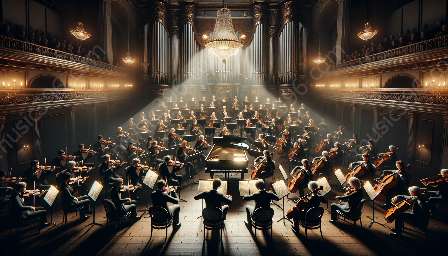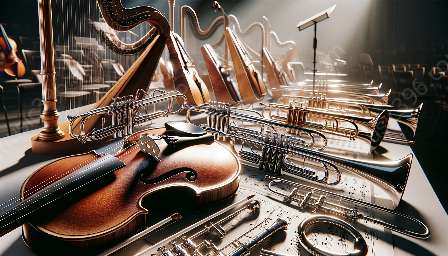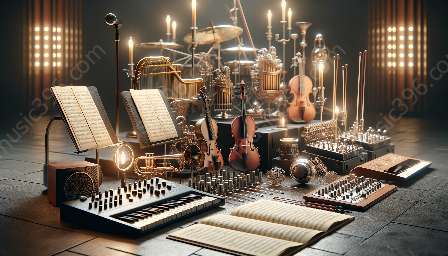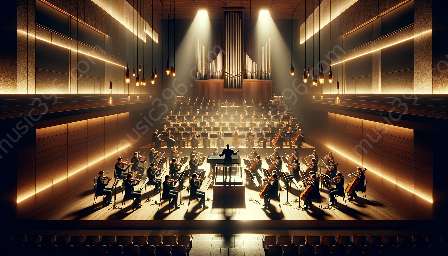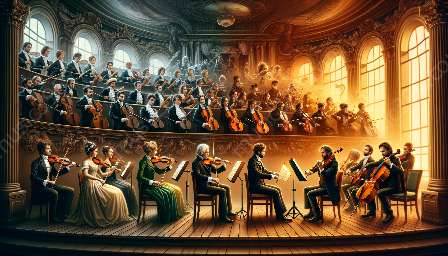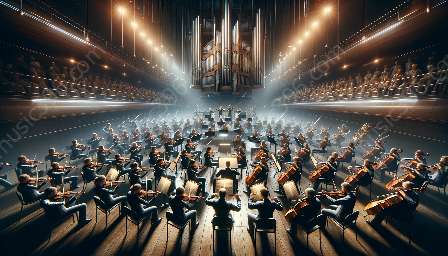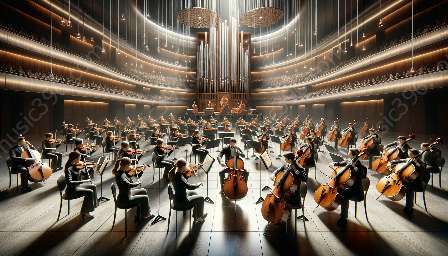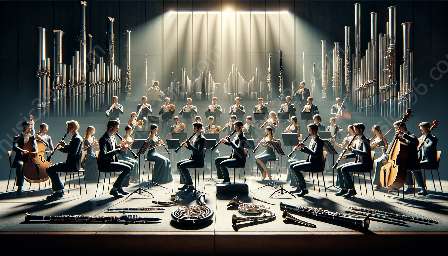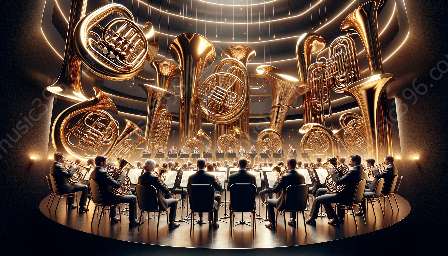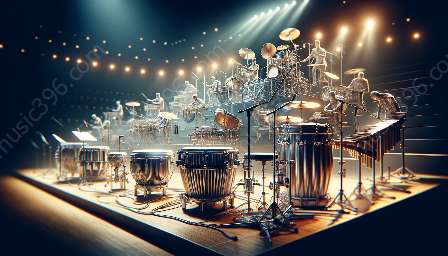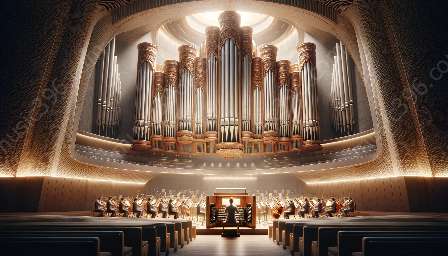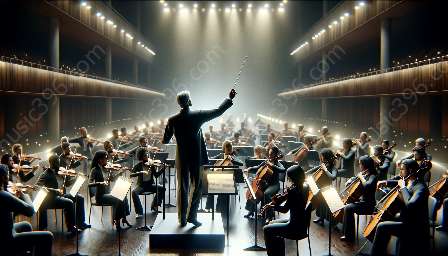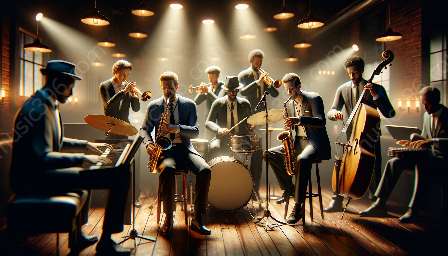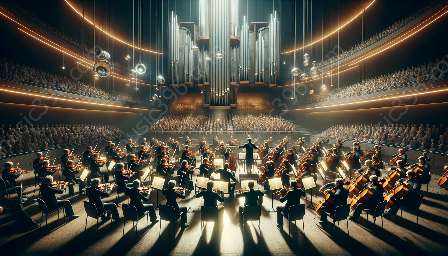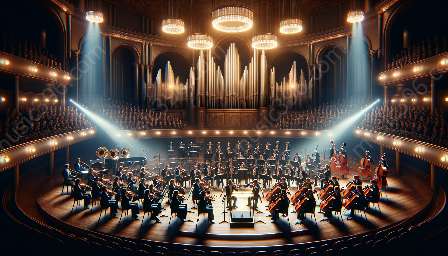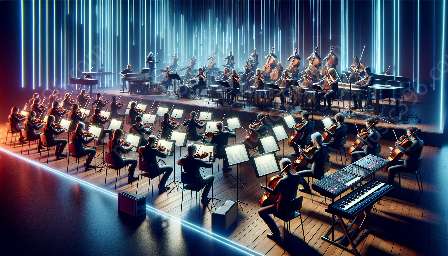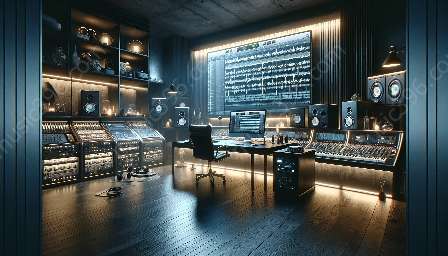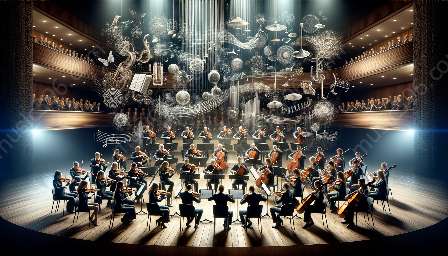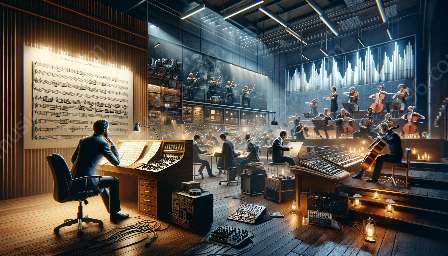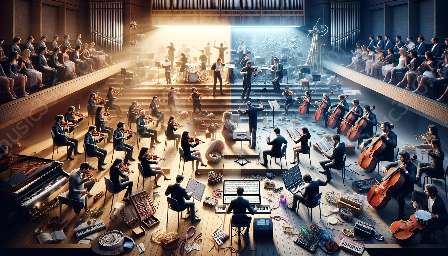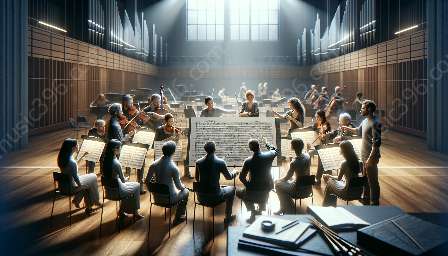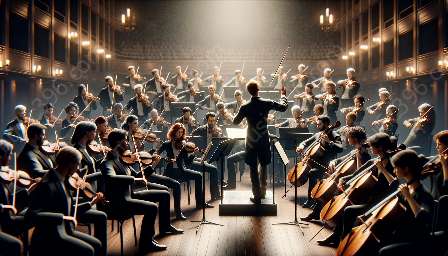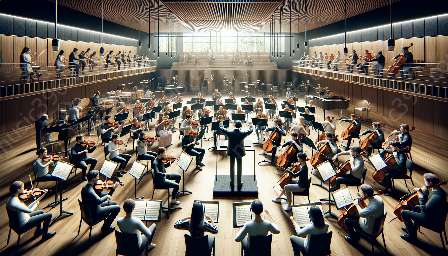Orchestration in live performances presents a plethora of challenges that demand precision, creativity, and adaptability. Understanding the role of instrumentation in orchestration and the art of orchestrating live performances is essential to creating unforgettable musical experiences.
Understanding Orchestration
Before delving into the challenges of live performance orchestration, it is crucial to understand the art of orchestration itself. Orchestration refers to the craft of selecting and organizing instruments in a musical composition to create a desired sound and convey the composer's vision.
Role of Instrumentation in Orchestration
Instrumentation plays an integral role in orchestration. It involves choosing which instruments will bring a piece of music to life, balancing their timbres, and determining their specific roles within the ensemble. The instrumentation shapes the overall texture, tonal color, and emotional impact of the music.
Challenges in Live Performance Orchestration
1. Sound Balance and Acoustics
One of the primary challenges in live performance orchestration is achieving sound balance and navigating the acoustics of different venues. The spatial dynamics of concert halls, outdoor stages, and unconventional performance spaces can significantly impact the way a musical composition is heard by the audience.
2. Conductor Communication and Cueing
Effective communication between the conductor and the individual musicians is essential for a cohesive live performance. The conductor must convey subtle changes, dynamics, and tempo variations through clear gestures and cues to ensure a synchronized and expressive orchestral performance.
3. Instrument Setup and Logistics
Arranging the placement of various instruments, managing stage logistics, and ensuring smooth instrument changes during a live performance can be a logistical challenge. The physical arrangement of the orchestra and the availability of appropriate equipment are vital considerations that impact the overall orchestral sound.
4. Adaptability and Flexibility
Live orchestration demands adaptability and flexibility from both the musicians and the conductor. Unforeseen circumstances such as sudden changes in tempo, last-minute adjustments, or equipment malfunctions require quick thinking and seamless adaptation to maintain the artistic integrity of the performance.
5. Artistic Interpretation and Expression
Translating the composer’s artistic intent into a compelling live performance requires a deep understanding of the expressive nuances within the orchestration. Musicians and the conductor must collaborate to convey the emotional depth and narrative of the music, infusing each note with passion and authenticity.
Overcoming Challenges Through Collaboration and Innovation
Addressing the challenges in live performance orchestration necessitates a collaborative approach and innovative solutions. Conductor-orchestra rehearsals, sound checks, and leveraging technology for acoustic optimization are crucial elements in overcoming these challenges and delivering captivating performances.
Conclusion
Live performance orchestration is a multifaceted endeavor that demands mastery of orchestral instruments, acute attention to acoustics, and the ability to adapt to dynamic performance settings. By understanding the challenges and harnessing the art of orchestration, musicians and conductors can create breathtaking live performances that resonate deeply with audiences.

